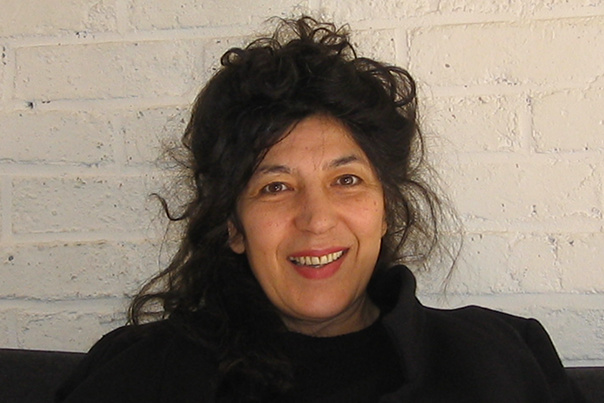Know how to observe. Knowing how to put the public at the heart of your intention. Knowing how to foster the desire to listen while respecting others. It is at the same time a voice, an attitude, a strategy, as demonstrated by Michèle Taïeb, French author-playwright, actress and teacher who deploys her art, her advice and her training exercises in her most recent work. The art of speaking needs to be worked on!
Maë moves feverishly towards the stage, prey to hesitation. The work of the teacher of oratorical talent begins: “- And you want people to listen to you? – Of course, otherwise I wouldn’t be here! – Do you know what you want to get [from the people who listen to you]? – Get ? – Do you want to get their buy-in? Do you want to convince them? Inform them? Do you know exactly what message you want to deliver to them? – Yeah… pretty much… – Maybe you can’t face them because your intentions lack clarity,” she suggests. These are the principles of effective communication.
We can hear without listening. We can also want to listen, but not hear. In the art of making yourself heard well, there is a way of carrying your voice and projecting it to reach others. Beforehand, for anyone who wants to use their voice consciously, it is good to know how to identify the different vocal behaviors.
Thus, “the voice of simple expression” is used to speak, to tell, to comment without intention towards the interlocutor. On the contrary, “the voice of appeal or insistence” aims to provoke a reaction in the other by declaring, ordering, reproaching or asserting forcefully. This voice is enough to hold attention, but if it is misused, it generates tension which can lead to vocal disorders, according to Michèle Taïeb. Finally, “the projected or implicative voice” is that of the speaker who occurs in public, in front of a class of students or in a meeting, for example. This vocal gesture uses different processes: breathing, anchoring, looking, pronunciation of consonants and vowels, etc.
Good vocal projection is based on four elements: intention, gaze, posture and breathing. “The intention precedes the action and must therefore be defined precisely before speaking, especially if the speaker is in improvisation mode. And the clearer he is about his objective, the more likely he will be to achieve it,” writes the actress.
Using the gaze sometimes means looking at an audience by alternating between the “panoramic” gaze and the “laser” gaze to good effect. In terms of posture, “a good anchoring to the ground offers freedom of the upper body and the larynx and frees the air column carrying speech”. Instead of thoracic breathing, abdominal breathing “allows the diaphragm to play its role of support and assurance, and gives the speaker the essential support to provide the energy necessary for vocal projection.”
To develop this presence that commands attention, the author explores the different attitudes one must have and the strategies one must deploy to make oneself understood. After reading this work, oratorical presence will no longer have any secrets for anyone!















